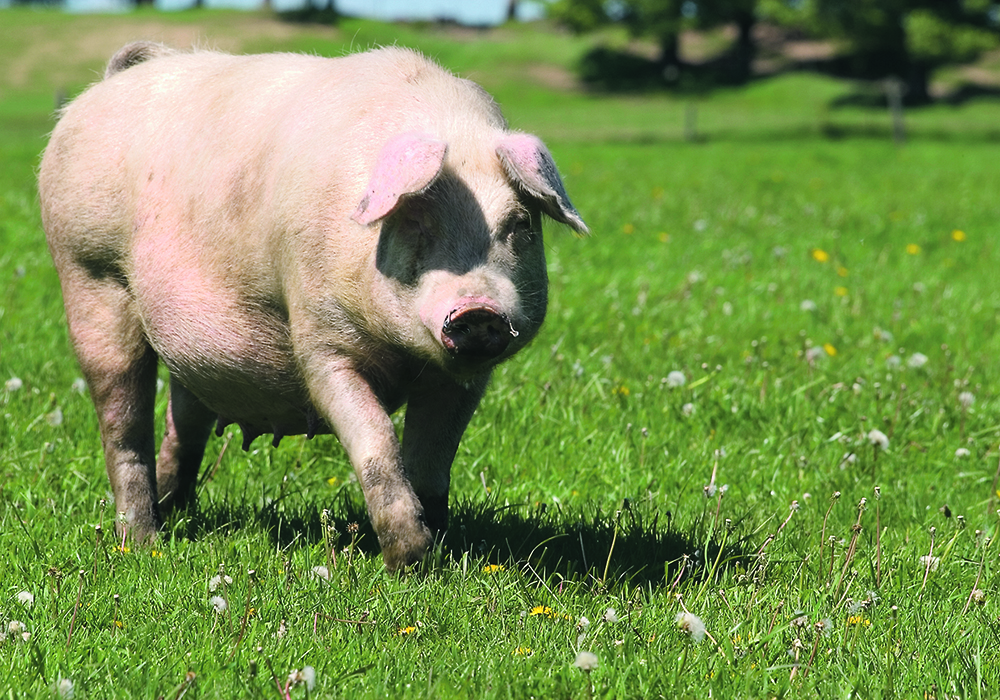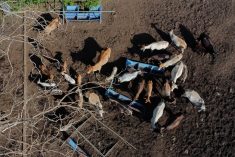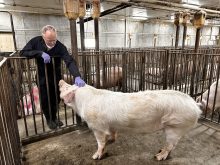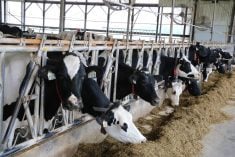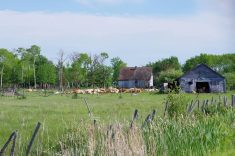DES MOINES, Iowa — “Here in the U.S., we are behind all of our global competitors for both sow mortality as well as grow-finish mortality.”
That observation, by Kansas State University animal science professor Mike Tokach, produced a simple question: why?
It’s not simple to answer, he said during a panel discussion of veterinary issues at the World Pork Expo, noting hypotheses are numerous but certainties are rare.
Sow health is the result of dozens or hundreds of factors that result in overall survivability rates. Nutrition, disease, environment, handling, feed, vaccinations, movement and husbandry all affect how well pigs of all ages do within production systems.
Read Also

Canadian Food Inspection Agency extends chronic wasting disease control program consultation deadline
Date extended for consultation period of changes to CWD program
Figuring out which factors could be causing higher U.S. death rates for sows and feeder pigs is hard to assess without isolating other factors.
Tokach said common theories for higher European pig survival rates include better health maintenance achieved by washing trucks that leave slaughter plants, for example.
The higher levels of soluble fibre in European diets and the possible connection to lower prolapse rates in sows is also noted. U.S. diets often contain higher levels of insoluble fibre due to DDGS.
South American producers don’t deal with the same high rates of disease pressure, Tokach said.
“That’s a big advantage for them.” Reducing sow and feeder death losses is a major focus for the industry, so figuring out why U.S. rates are higher is important, Tokach said. However, having such different production systems and industries makes it challenging to isolate key factors.
“There are some things that are definitely different in the United States,” said Tokach. “We don’t know how important some of those things are.”


